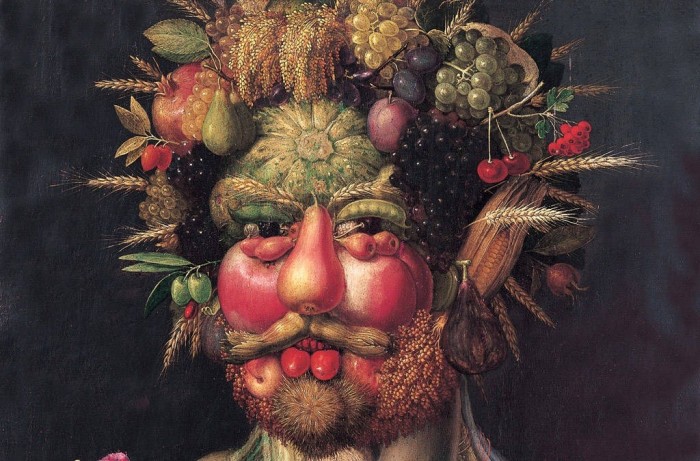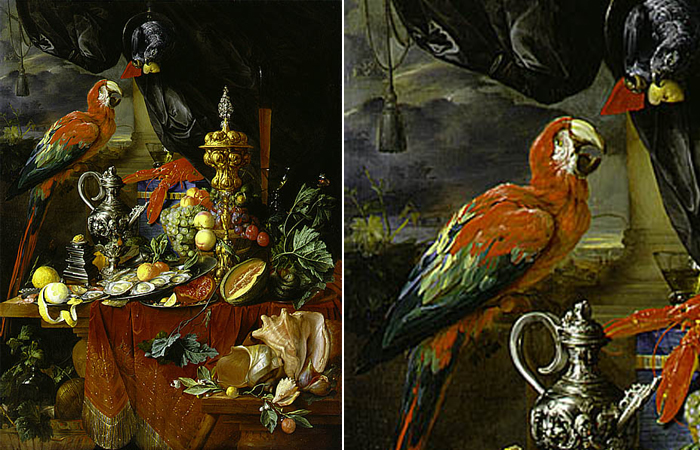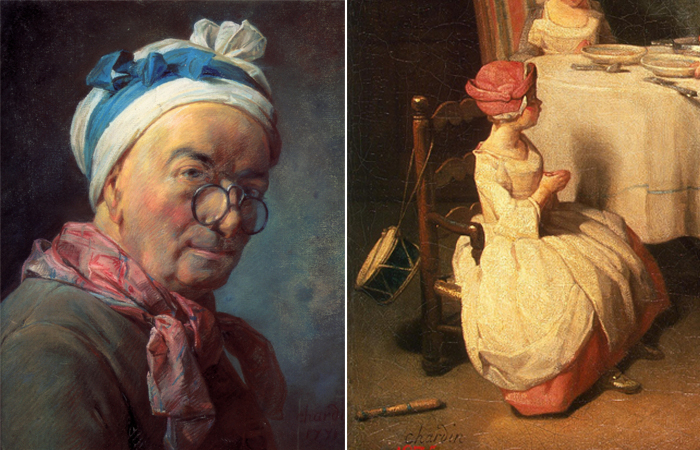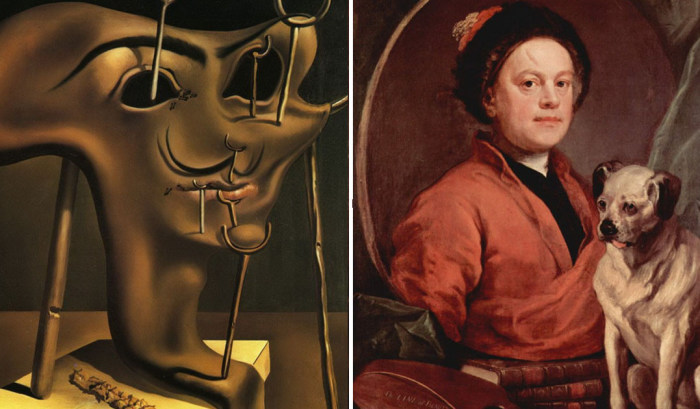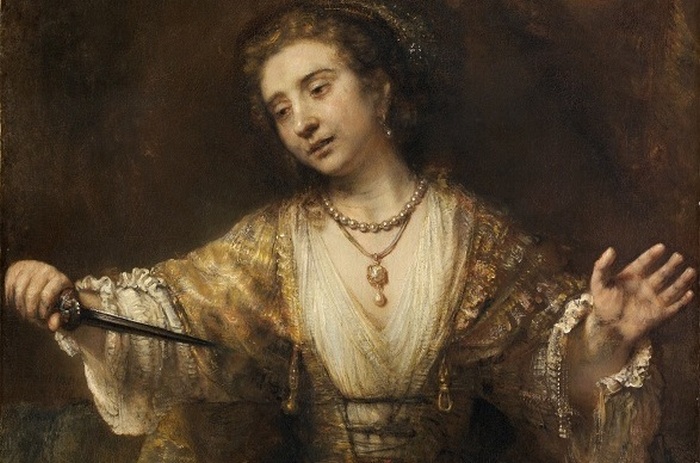quantitative terms
The riddle and curse of the “Crying Boy”: Why Amadio was called the devil painter
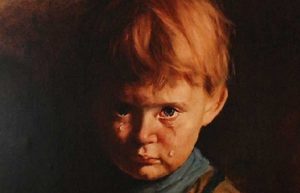 The Italian painter Bruno Amadio, who worked under the pseudonym Giovanni Bragolin, is considered to be the most dramatic and sinister artist in the history of art of the 20th century, who was called the devil painter. His name, in particular, is associated with a terrible story that terrifies many who have encountered his creation “The Crying Boy”, covered in a terrible legend, rumors and speculation.
The Italian painter Bruno Amadio, who worked under the pseudonym Giovanni Bragolin, is considered to be the most dramatic and sinister artist in the history of art of the 20th century, who was called the devil painter. His name, in particular, is associated with a terrible story that terrifies many who have encountered his creation “The Crying Boy”, covered in a terrible legend, rumors and speculation.
A few words about the artist
Bruno Amadio (Giovanni Bragolin) was born in 1911 and lived a fairly long life, leaving a number of art paintings that depict crying children. Despite the fact that the artist lived in the last century, very little information has been preserved about him. After his life, there were practically no personal photos left, he never gave interviews to journalists, art historians did not write their reviews about him. It is only known that in the war years he was a member of World War II, who fought on the side of Mussolini. At the end of the war he moved to Spain, and already there he changed his real name from Bruno Amadio to Giovanni Bragolin. Later he lived and worked in Venice, was a restoration artist. Continue reading
Secrets of the painting “A Lady with a Parrot by the Window”: How the Smile of a Heroine and a Bird are Connected
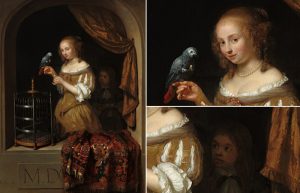 Caspar Netscher is a Dutch artist of German descent, an outstanding portrait painter, and also a master of depicting everyday scenes of the Dutch elite. He also developed a technique that allowed him to imitate a wide range of textures: be it linen, satin or coarse fibers of an oriental carpet. Caspar Netscher is part of a triad of prominent Dutch Golden Age masters along with Rembrandt and Vermeer.
Caspar Netscher is a Dutch artist of German descent, an outstanding portrait painter, and also a master of depicting everyday scenes of the Dutch elite. He also developed a technique that allowed him to imitate a wide range of textures: be it linen, satin or coarse fibers of an oriental carpet. Caspar Netscher is part of a triad of prominent Dutch Golden Age masters along with Rembrandt and Vermeer.
From the life of an artist
Netsher was the son of sculptor Johann Netscher. As a child, he was sent to Amsterdam to study with Hendrick Coster, a little-known artist of still lifes and portraits. In 1664, Netscher moved to Deventer to complete his studies in the workshop of Gerard Terborch. Having done this, he went to Italy in 1658, then to Bordeaux, where Netscher married Margaret Godin and lived there for several years. In 1662, in The Hague, Netscher became a member of the Society of Artists. At this early stage, he wrote small genre compositions, preferring the dark colors and themes of everyday life, which Terborch clearly influenced. Continue reading
How Pavel Tretyakov competed with the emperor to create the most famous art gallery in Moscow
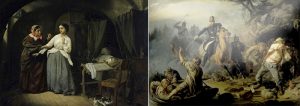 Before the revolution, patronage of the arts was considered not only charitable, but also beneficial for the donor himself, and the point here was not taxes at all. According to the ideas of merchants in the old days, this activity avoided the terrible temptation – the power of money. Most often, wealthy industrialists became patrons of shelters, hospitals, and educational institutions. At first, the partners and competitors laughed at the Tretyakov brothers’ passion for painting, but time, of course, put everything in its place.
Before the revolution, patronage of the arts was considered not only charitable, but also beneficial for the donor himself, and the point here was not taxes at all. According to the ideas of merchants in the old days, this activity avoided the terrible temptation – the power of money. Most often, wealthy industrialists became patrons of shelters, hospitals, and educational institutions. At first, the partners and competitors laughed at the Tretyakov brothers’ passion for painting, but time, of course, put everything in its place.
Pavel and Sergey Tretyakov were the eldest children in a well-known merchant family. This dynasty of industrialists has flourished since the 18th century, and for several generations from the retail of buttons, it has been able to grow to manufacturers – the family owned paper dyeing and finishing industries. I must say that, despite the huge investment in art, by the time of his death, the state of Pavel Tretyakov was estimated at 3.8 million rubles. Continue reading
